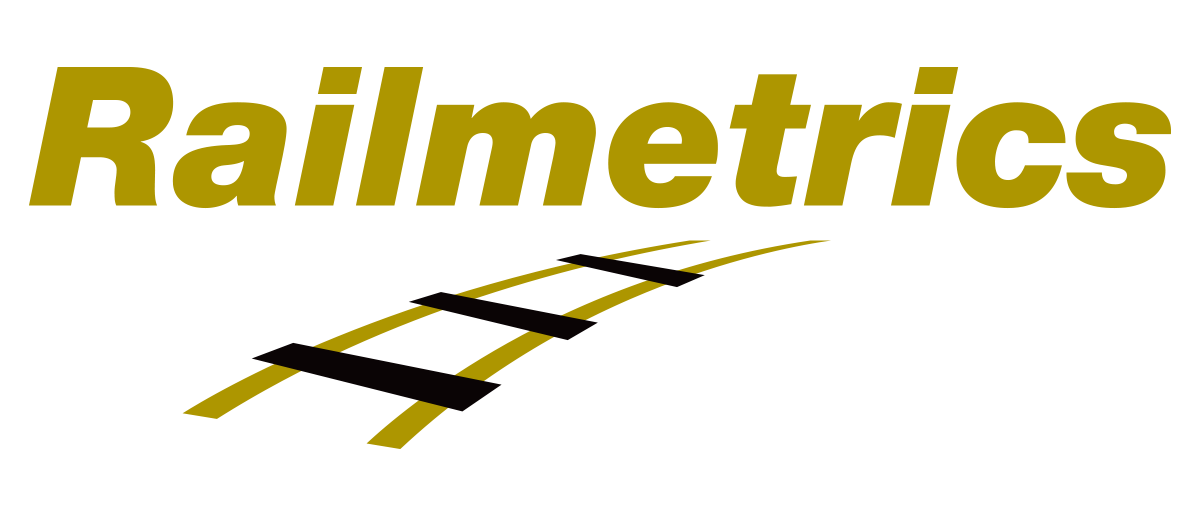
Published Fri 31st May 2024
The original interview appears on the Allsat website here
For several years, Allsat has included Senceive's wireless geotechnical and structural sensors in their portfolio. As an official "Empowered Partner" of Senceive, they utilise the sensors in their own service projects and support their customers in implementing their projects. This includes providing online training for every customer who purchases a Senceive system, assisting with project setup, and being readily available for any questions.
Since the beginning of 2023, Geoplan has been using Senceive technology. During this time, they have successfully implemented several exciting projects, which Managing Director Stefan Schoch discusses in the following interview:

Geoplan Managing Director Stefan Schoch
Could you briefly introduce yourself and give us an insight into your company's activities?
The engineering office Geoplan was founded by Christiane Scherf and me in 1999. We primarily conduct engineering and construction surveying for architects, construction companies, project developers, and planning offices. Additionally, we are contracted by larger companies with factory premises to perform all their surveying work.

Crane monitoring. Senceive sensors circled in red.
How did you become aware of the Senceive System and what factors influenced your decision to integrate it into your processes?
As a framework contract company specializing in surveying for various large, globally operating firms, we serve as their go-to contact for all questions and applications related to surveying. We frequently handle unconventional requests with challenging implementations, requiring us to consistently "think outside the box."
We discovered Senceive after becoming dissatisfied with our method of monitoring construction cranes using a total station. Previously, we placed targets on the cranes and measured them periodically. However, crane tilting varies with load and boom direction, meaning measurements are only meaningful if taken under consistent conditions, which is challenging due to the construction process and working hours. Furthermore, a weekly measurement cycle is insufficient for proper control.
Senceive's system offered moderate acquisition costs with significant advantages, making it unrivalled and economically appealing for our needs. We conducted a successful pilot project and initially focused on inclination measurement.

Pipeline monitoring during construction activities near the foundation area.

Monitoring a shoring (temporary works) with five inclination sensors (tilt sensors)
Can you give us examples of applications in which you have already successfully used the Senceive system?
In addition to monitoring construction cranes, we now use the system for a variety of other applications, many of which we hadn’t initially considered. Our inclination sensors are now used for monitoring sheet piling, deep excavation installations, and, most importantly, any structural components influenced by nearby civil engineering projects. These include bridge supports, pillars, and foundations that are critical to infrastructure stability.

Monitoring a tunnel with Senceive inclination sensor (tilt meter)
Is there a particular project that impressed you?
Particularly impressive was our monitoring of a tunnel during sewer construction. The project involved constructing a canal using tunnelling methods, raising concerns about potential surface damage, such as to pipe bridge supports—a now-standard application for us—and the risk of tunnel collapse. Consequently, daily monitoring was required.
The site conditions—featuring a vertical access shaft approximately 6 meters deep, 30 meters long, and only a few meters in diameter—made accurate monitoring with a total station nearly impossible and very time-consuming. Instead, we installed a sensor in the tunnel. It was remarkable how reliably the sensor's radio connection to the surface receiving station worked, allowing us to complete the task efficiently without significant time investment.
How would you have implemented these applications without the Senceive system?
In my view, similar sensor systems offer the most viable alternatives. Traditional surveying methods have consistently proven inferior in our past applications unless we employ permanently installed and automated total stations. However, total stations were impractical for the tunnel project due to constraints within the workers' operational area. Therefore, I find the Senceive sensor system indispensable for our needs. Moreover, it offers exceptional cost-effectiveness, with low purchase and running costs, as well as quick project installation and setup.
Are there any specific aspects or features that you would like to see in the Senceive system to better meet your needs?
A simplification of the interface of the WebMonitor would be desirable. Not everything is accessible to the user and can be handled without any problems. (Editor's note: Of course, ALLSAT will be happy to help here)

Combined inclination and laser distance sensor (ODS)
What plans do you have for the future with regard to the use of the Senceive system?
We've started exploring new applications based on our own requests. Previously, we only utilised the system when tasks were assigned to us. Now, we're actively informing our clients about these possibilities, which they readily accept due to their economic efficiency. All our Senceive sensors are in continuous operation, and we plan to acquire additional sensors with enhanced capabilities, such as combined inclination and laser rangefinder functions (Optical Displacement Sensor - ODS).
Is there anything else you would like to share?
In our industry, we've encountered several new technologies and processes in recent years, such as laser scanning and drone usage, which can be particularly overwhelming for smaller offices. While these methods complement our traditional approaches, they don't entirely replace them. Consequently, the decision to invest in them requires careful consideration and thorough calculation. Unfortunately, this often leads to delays in purchasing, putting us at risk of falling behind competitors.
For us, integrating Senceive into our offerings has been a cost-effective, swift, and straightforward solution. The investment paid off within just a few months of implementation.










